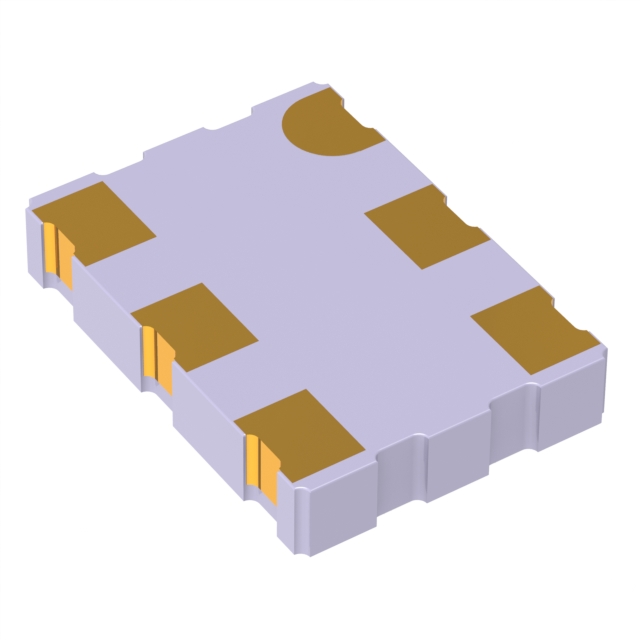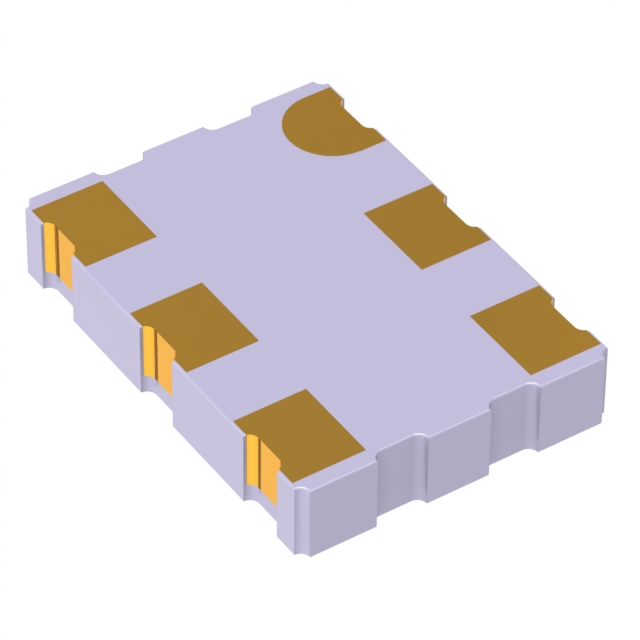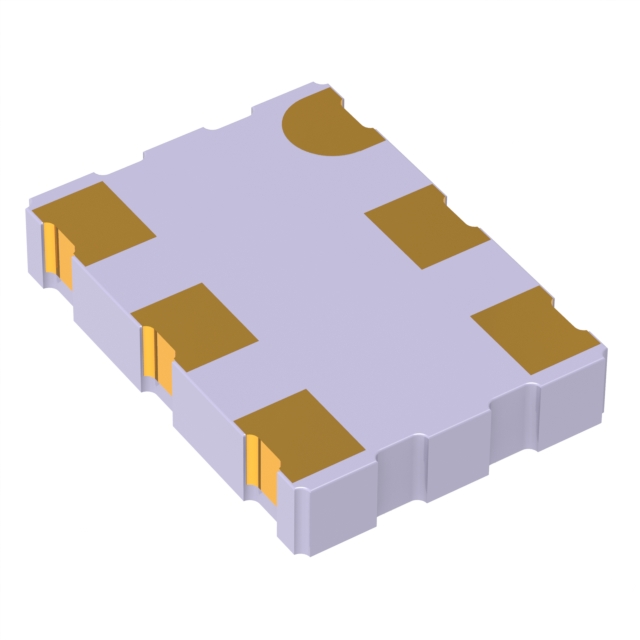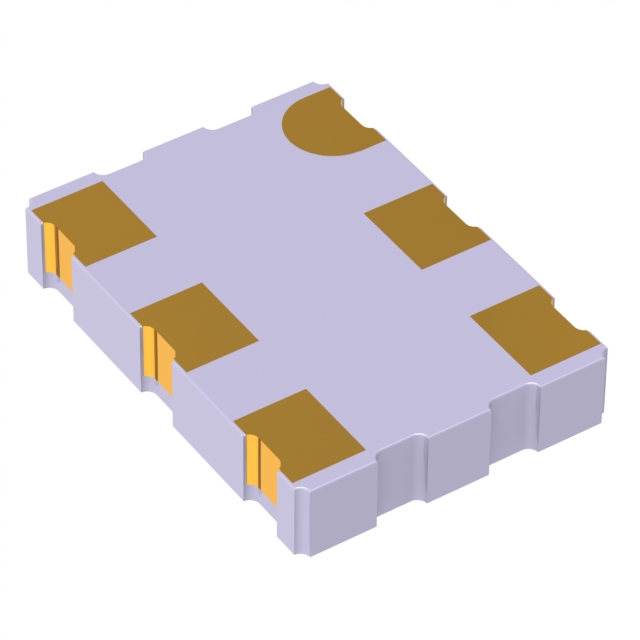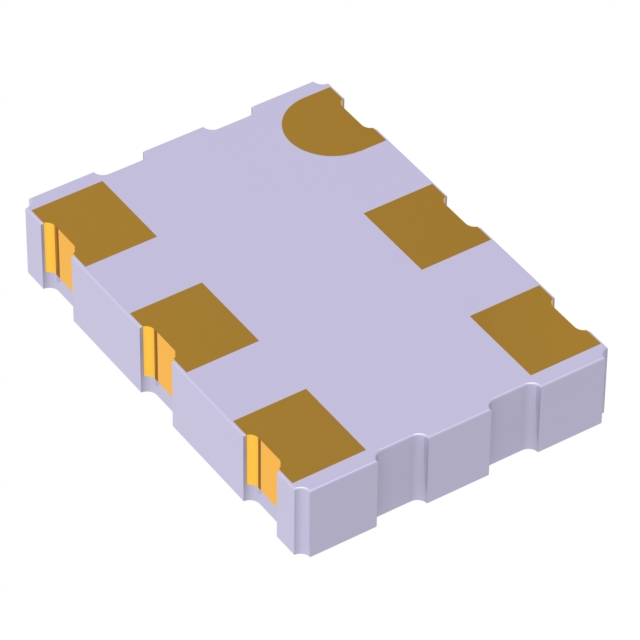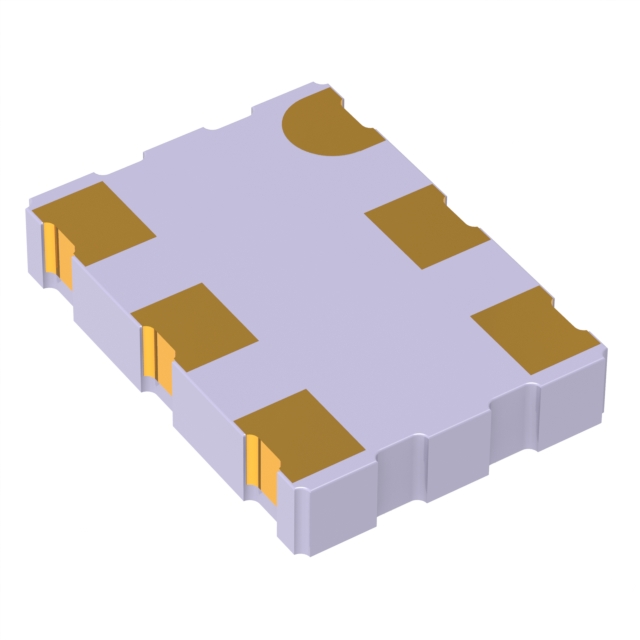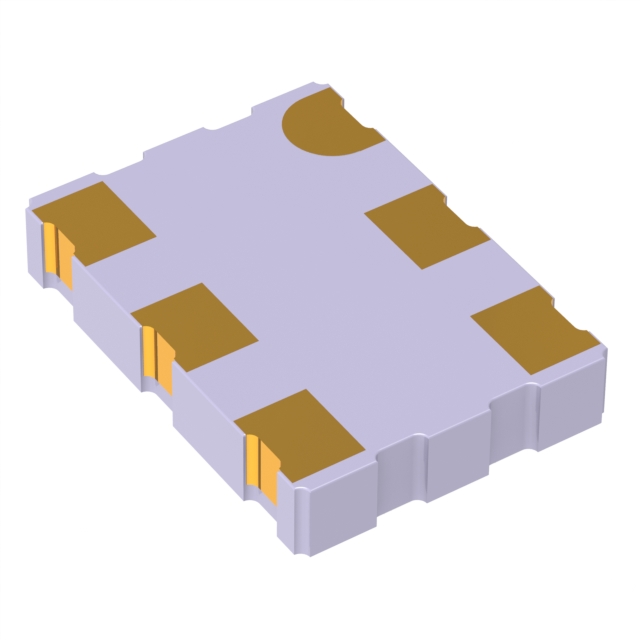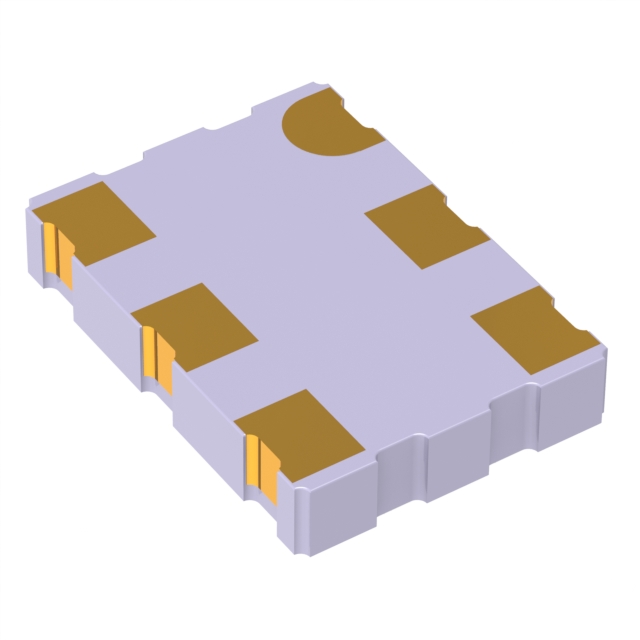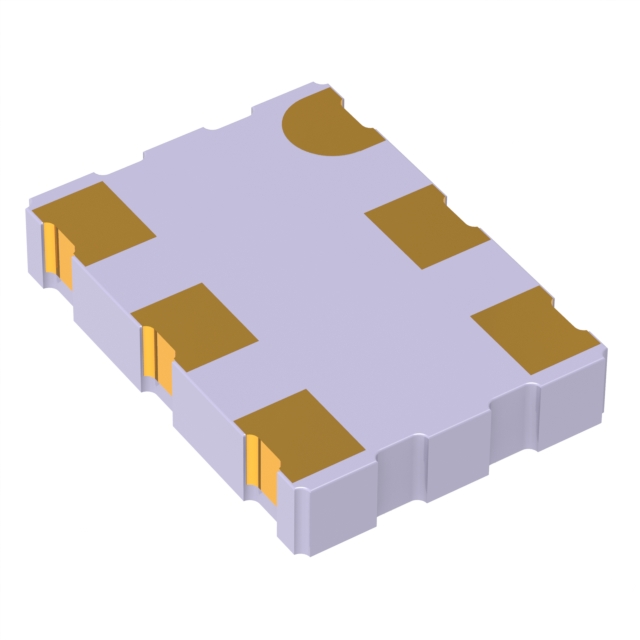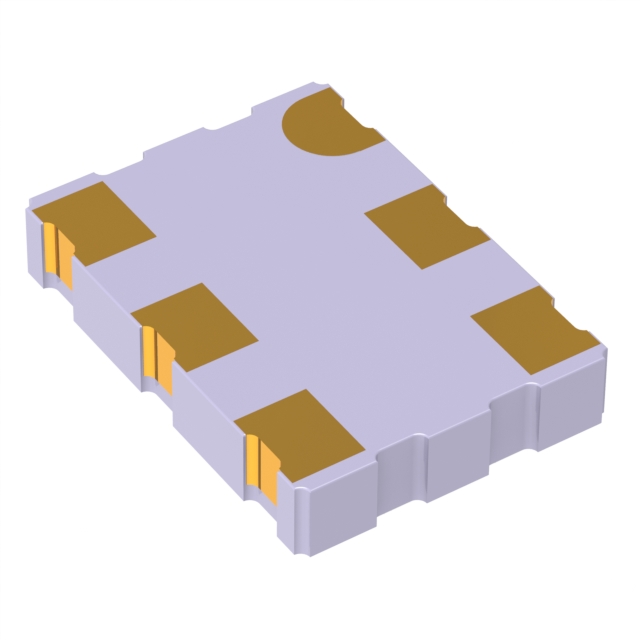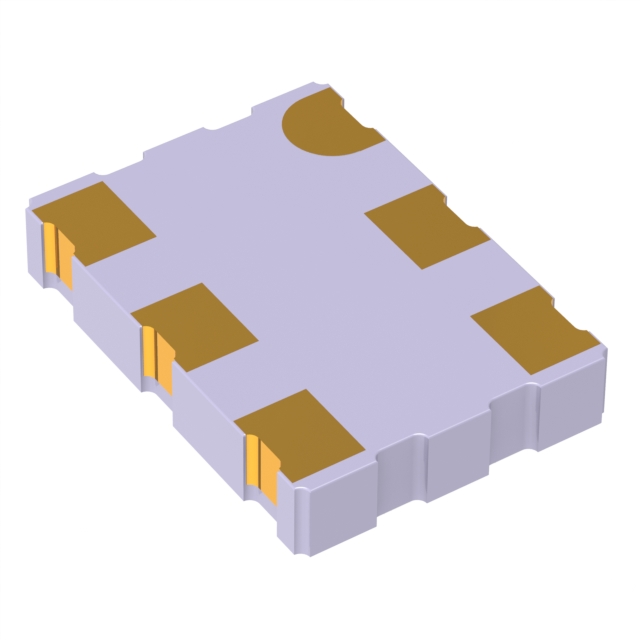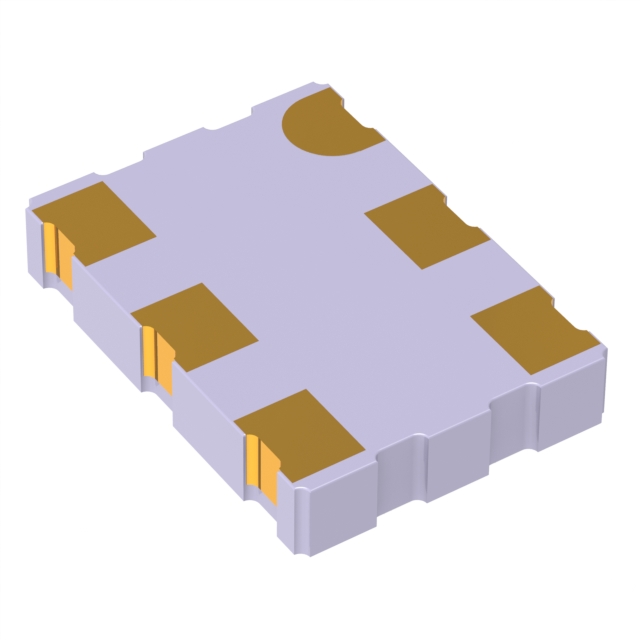8N3SV75LC-0081CDI Product Introduction:
Renesas Electronics America Inc Part Number 8N3SV75LC-0081CDI(Clock/Timing - Programmable Timers and Oscillators), developed and manufactured by Renesas Electronics America Inc, distributed globally by Jinftry. We distribute various electronic components from world-renowned brands and provide one-stop services, making us a trusted global electronic component distributor.
8N3SV75LC-0081CDI is one of the part numbers distributed by Jinftry, and you can learn about its specifications/configurations, package/case, Datasheet, and other information here. Electronic components are affected by supply and demand, and prices fluctuate frequently. If you have a demand, please do not hesitate to send us an RFQ or email us immediately sales@jinftry.com Please inquire about the real-time unit price, Data Code, Lead time, payment terms, and any other information you would like to know. We will do our best to provide you with a quotation and reply as soon as possible.
Introducing the Renesas Electronics America Inc 8N3SV75LC-0081CDI, a cutting-edge integrated circuit designed to revolutionize the electronics industry. This advanced product boasts a wide range of features that make it a game-changer in various application fields.
The 8N3SV75LC-0081CDI is a highly efficient voltage-controlled oscillator (VCO) that operates in the frequency range of 7.5 GHz to 8.1 GHz. With its exceptional frequency stability and low phase noise characteristics, this VCO ensures reliable and accurate signal generation for a multitude of applications.
One of the standout features of the 8N3SV75LC-0081CDI is its compact size and low power consumption, making it ideal for portable and battery-powered devices. Additionally, it offers excellent linearity and high output power, enabling seamless integration into wireless communication systems, radar systems, and satellite communication equipment.
The 8N3SV75LC-0081CDI is also equipped with a wide tuning voltage range, allowing for precise frequency control and flexibility in various operating conditions. Its robust design ensures exceptional performance even in harsh environments, making it suitable for industrial and automotive applications.
With its exceptional features and versatility, the Renesas Electronics America Inc 8N3SV75LC-0081CDI is set to revolutionize the electronics industry. Whether it's for wireless communication, radar systems, or satellite communication equipment, this integrated circuit is the perfect choice for engineers and designers looking to push the boundaries of technology.
Programmable Timers are electronic components that allow users to program time intervals or perform specific temporal logic. It integrates counters, logic circuits, and possibly storage units to precisely control the time flow according to preset instructions. The main function is to provide accurate time delay or timing signals. Oscillators are circuits that produce periodically changing signals, and their core is to be able to stably output signals of a certain frequency as a clock source or signal source for electronic systems.
Application
Programmable timer, main function is to provide accurate time control function. Whether it is simple timing delay, or complex timing logic, it can be programmed to achieve. This makes it widely used in situations where precise time management is required, such as industrial automation, communication equipment, consumer electronics and so on. Oscillators are used in a wide range of fields, including but not limited to electronic engineering, communications, measurement, computer systems, clock synchronization, control equipment and many other fields. In radio communication, oscillators are used to generate carrier signals; In audio equipment, oscillators are used to generate audio signals; Inside the computer, an oscillator is used to provide the system clock.
FAQ about Clock/Timing - Programmable Timers and Oscillators
-
1. What is a programmable timer?
A programmable timer is a device that can be preset by manually setting programming instructions and accumulate timing according to clock pulses. It allows users to set specific timing tasks as needed, and automatically perform corresponding operations after reaching the preset time. Programmable timers are widely used in various occasions, from computer rooms, schools and mechanical institutions to kitchen appliances in homes.
Programmable timers are based on the accumulation of clock pulses, and clock pulses have different specifications such as 1ms, 10ms, and 100ms. (The working process of the timer is actually counting clock pulses) Due to work needs, in addition to occupying its own numbered memory bit, the timer also occupies a set value register (word) and a current value register (word). The set value register (word) stores the timing time setting value assigned during programming.
-
2. What is the timer in the system used for?
he timer in the system is mainly used to synchronize various gate circuits in the CPU, generate clock frequency, or provide pulse signal counting to peripherals. The system timer can display time and record time, generate time interrupts, and count years, months, days, weeks, hours, minutes, and seconds.
Specifically, timers have the following uses in computer systems:
Time interval generator: Generates periodic time stamp signals for various related purposes.
Various time limiters: Used as "time-out warning" or "timeout alarm".
Baud rate generator: Flexible determination of serial transmission rate.
Speed control of DC motor (PWM output): Control of DC motor speed is achieved by controlling pulse width modulation (PWM) output.
-
3. Which component is usually used in oscillators and timers to control timing signals?
Crystal oscillators are usually used in oscillators and timers to control timing signals. Crystal oscillators provide a stable clock signal as a reference for timers. The stability of this signal determines the accuracy and resolution of the timer.
Crystal oscillators work by generating a continuous periodic signal. This signal is used as a reference for the timer, and the counter inside the timer uses this clock signal to count, thereby realizing the measurement and timing functions of time.
Different types of timers have different requirements in applications. For example, in STM32 microcontrollers, timers are divided into advanced timers, general timers, and basic timers according to their functions and complexity, which are suitable for different application scenarios.
 Lead free / RoHS Compliant
Lead free / RoHS Compliant



